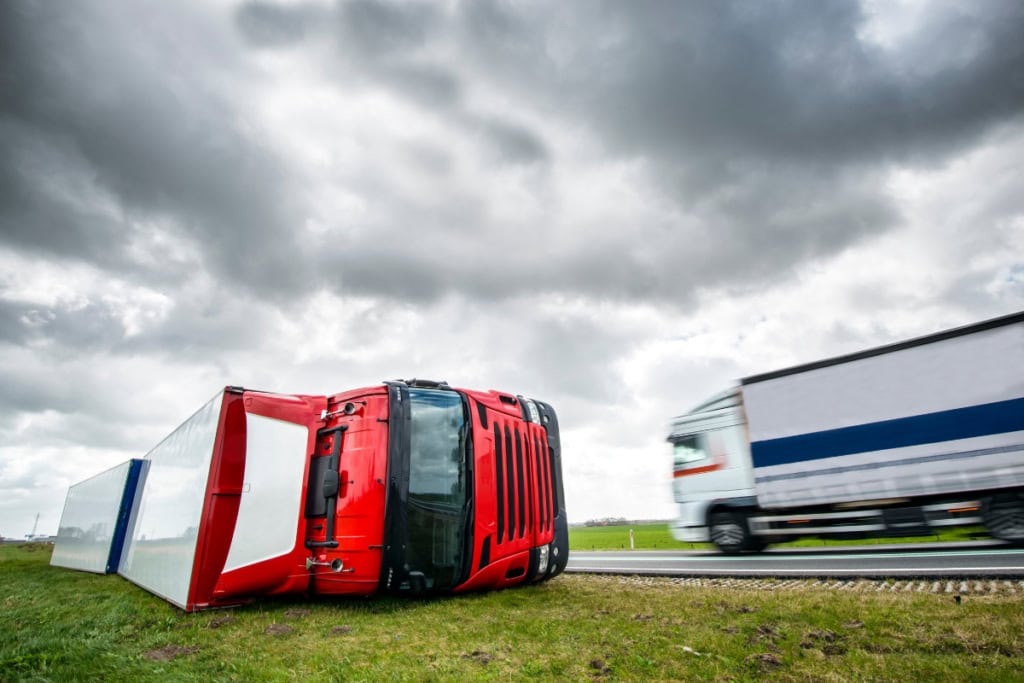
Massive truck collisions rarely unfold with a single point of blame. When multiple vehicles crash in a chaotic sequence of events, questions of fault and liability ignite intense legal scrutiny. Drivers, trucking companies, and insurers all rush to shape the narrative first, each aiming to shift responsibility away from themselves.
Police reports, dashcam footage, witness statements, and black box data flood the scene, yet clarity remains elusive. Victims face medical bills, lost income, and damaged property while struggling to pinpoint who holds legal responsibility. Those involved in such incidents require strong legal support for commercial vehicle collisions to protect their rights and pursue rightful compensation.
This post shows how liability unfolds when multiple vehicles and a commercial truck collide.
Sequence of Events Dictates Fault
The chain of events leading up to the crash holds the first clue. Investigators reconstruct the timeline to identify who triggered the initial impact. In many cases, a truck might rear-end a car, pushing it into others. Other times, a vehicle may cut off a truck, causing the car to swerve and crash into nearby vehicles.
The first harmful event points to the party that initiated the sequence, but this alone does not seal the case.
Driver Behavior and Decision-Making Matter
Investigators analyze each driver’s behavior before and during the crash: speeding, tailgating, distracted driving, sudden lane changes, or failure to yield, all signal negligence. If multiple drivers act recklessly, liability spreads across them. For instance, a truck driver might have failed to brake in time, but a car may have stopped abruptly without cause. In such a scenario, both drivers share fault.
Evidence Establishes Accountability
Crash scene evidence, such as skid marks, debris patterns, and vehicle damage, helps identify impact points and directions. Investigators rely on dashcam footage, traffic cameras, and eyewitness accounts to reinforce or challenge assumptions. Commercial trucks usually carry onboard data recorders, which log speed, brake use, and steering input. This digital trail adds another layer of precision when assigning responsibility.
Trucking Company Responsibility
In many cases, the driver does not act alone. Courts examine the trucking company’s role, including driver training, rest schedules, maintenance records, and compliance with safety regulations. The company shares liability if it pushes the driver to meet unrealistic deadlines or skips proper inspections. Poor maintenance or mechanical failure points back to the employer.
Comparative Fault Influences the Outcome
States apply different fault rules. Some follow a “pure comparative” model, where each party pays according to their percentage of fault. Others follow a “modified comparative” rule, barring recovery for anyone more than 50% responsible. A few apply a “contributory negligence” model, denying recovery to anyone with minimal fault. These legal standards determine how liability is divided among all involved.
Conclusion
In summary, truck accidents involving multiple vehicles involve a tangle of moving parts, both mechanical and human. The fault never rests on assumptions but on facts, behavior, timing, and hard evidence. Every piece of the crash puzzle must fit before assigning blame. When collisions involve several vehicles and a commercial truck, responsibility usually stretches across multiple parties, each bearing a portion of the consequences.




Leave a Reply